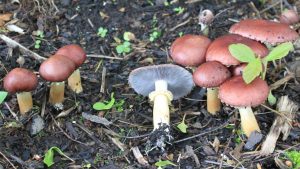#214: Coprinellus disseminatus
Coprinellus disseminatus is a tiny umbrella-like mushroom that makes up for its small stature by producing thousands of mushrooms at once. I found one stump last weekend that I estimate produced between 6,000 and 10,000 mushrooms. There were so many mushrooms so close together that from a distance they looked more like a single large crust fungus than lots of tiny mushrooms. C. disseminatus is also remarkable because it is an inky cap but its gills do not liquefy. You can actually get a spore print from this mushroom instead of a gooey black glob.1 Despite that, C. disseminatus disappears quickly like any other inky cap. Once, in my early days of mushroom hunting, I passed a stump with a few hundred C. disseminatus mushrooms in the morning. When I revisited it that afternoon, I found no traces whatsoever of the inky caps.

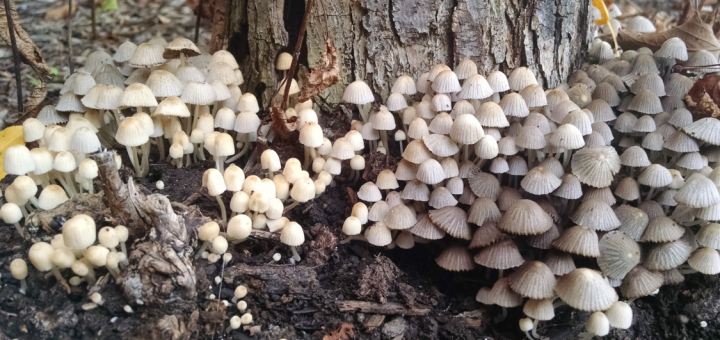
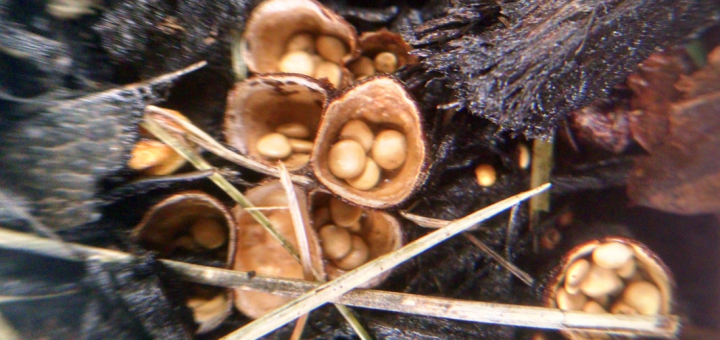
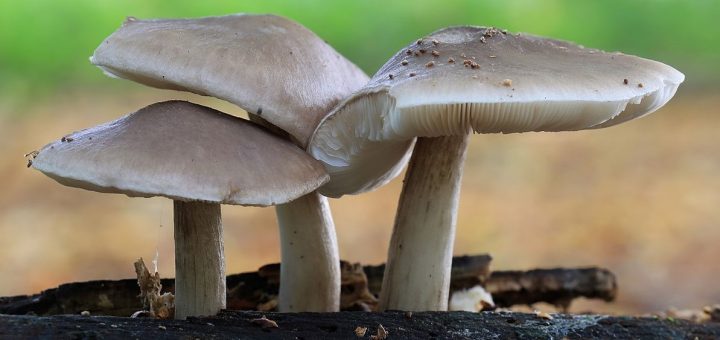
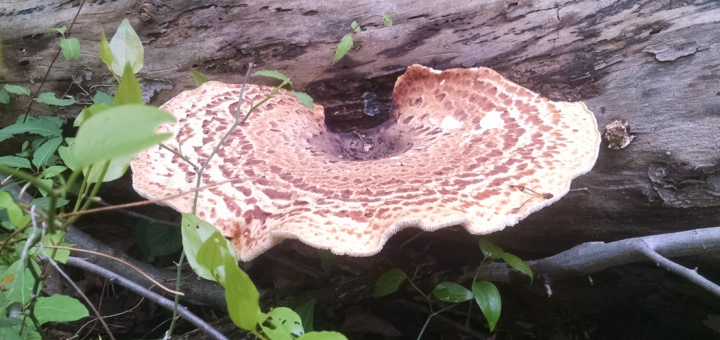
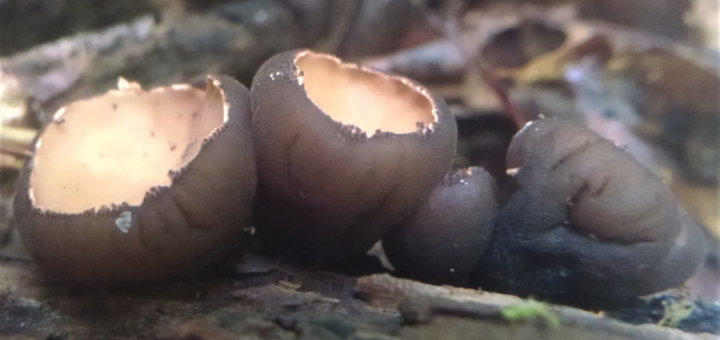
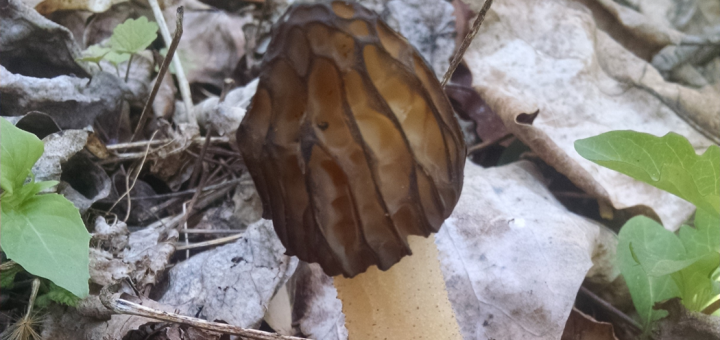
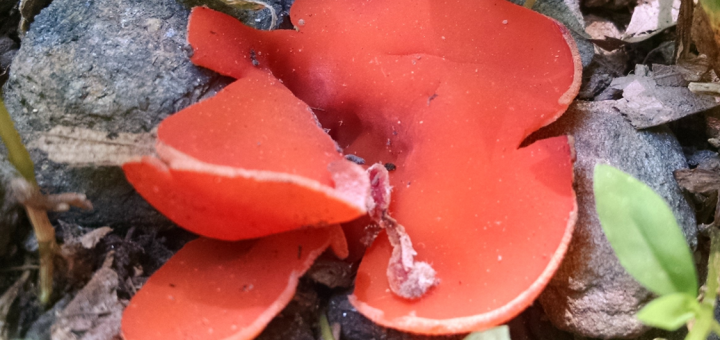
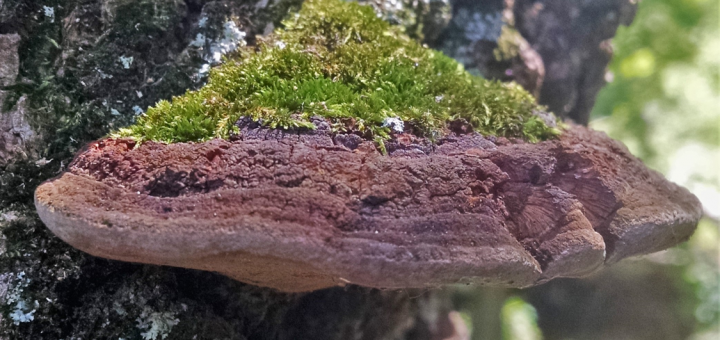
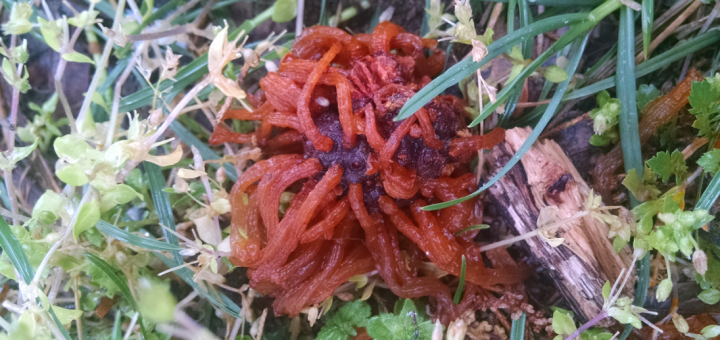
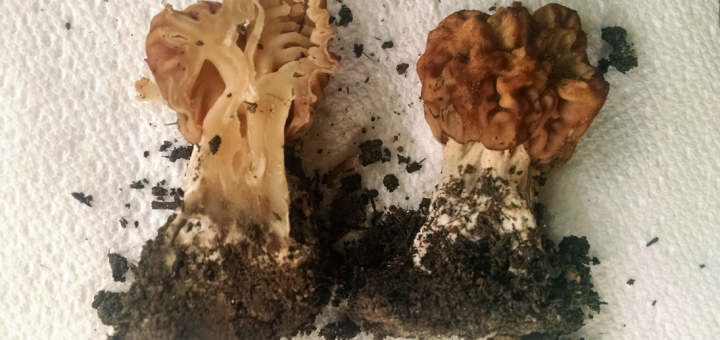





![#011: Characteristics of Kingdom Fungi [Archived]](https://www.fungusfactfriday.com/wp-content/themes/hueman/assets/front/img/thumb-small-empty.png)

